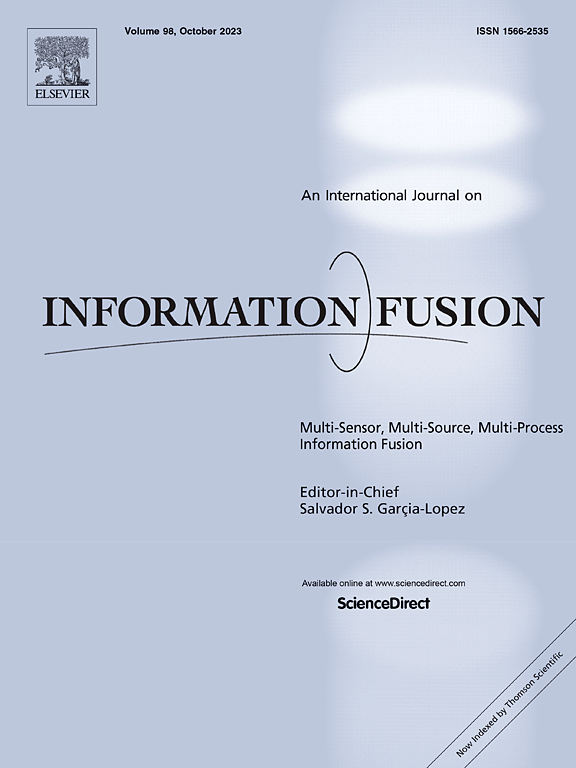视觉导航中视觉多模态自适应图的学习与基础
IF 15.5
1区 计算机科学
Q1 COMPUTER SCIENCE, ARTIFICIAL INTELLIGENCE
引用次数: 0
摘要
视觉导航要求智能体合理地感知环境,并有效地导航到给定的目标。在这项任务中,我们提出了一个多模态自适应图(MAG),用于根据对象关系学习和建立视觉线索。MAG由关键的导航元素组成:对象相对位置关系、以前的导航操作、过去的训练经验和目标对象。这使得agent能够准确地收集多模态信息,更快地找到目标。从技术上讲,我们的框架对预训练的视觉语言基础模型进行连续建模,使多模态图、文本信息与视觉感知保持一致。对于输出,我们在图的值估计(GVE)函数上引入约束来监督智能体预测最优动作,从而帮助其摆脱死锁。利用MAG,智能体可以有效地感知环境并获得最优动作。我们用人类演示和碰撞信号来训练我们的框架。结果表明,与AI2THOR环境下的基线方法相比,我们的方法在SPL(成功加权路径长度)方面提高了10.1%,成功率提高了25.4%。我们的代码将在科学界公开发布。本文章由计算机程序翻译,如有差异,请以英文原文为准。
Learning and grounding visual multimodal adaptive graph for visual navigation
Visual navigation requires the agent reasonably perceives the environment and effectively navigates to the given target. In this task, we present a Multimodal Adaptive Graph (MAG) for learning and grounding the visual clues based on the object relationships. MAG consists of key navigation elements: object relative position relationships, previous navigation actions, past training experience, and target objects. This enables the agent to accurately gather multimodal information and find the target faster. Technically, our framework performs continuous modeling of pre-trained vision–language grounding model to align the multimodal graph, text information with visual perception. For output, we introduce constraints on the graph’s value estimation (GVE) functions to supervise the agent predict optimal actions, which can help it escape from deadlocks. With the MAG, the agent can effectively perceive the environment and get optimal actions. We train our framework with human demonstration and collision signals. Results demonstrate that our approach improves by 10.1% in SPL (Success weighted by Path Length) and 25.4% in success rate relative to the baseline method in the AI2THOR environment. Our code will be publicly released in the scientific community.
求助全文
通过发布文献求助,成功后即可免费获取论文全文。
去求助
来源期刊

Information Fusion
工程技术-计算机:理论方法
CiteScore
33.20
自引率
4.30%
发文量
161
审稿时长
7.9 months
期刊介绍:
Information Fusion serves as a central platform for showcasing advancements in multi-sensor, multi-source, multi-process information fusion, fostering collaboration among diverse disciplines driving its progress. It is the leading outlet for sharing research and development in this field, focusing on architectures, algorithms, and applications. Papers dealing with fundamental theoretical analyses as well as those demonstrating their application to real-world problems will be welcome.
 求助内容:
求助内容: 应助结果提醒方式:
应助结果提醒方式:


